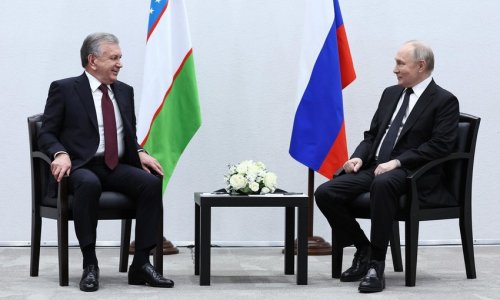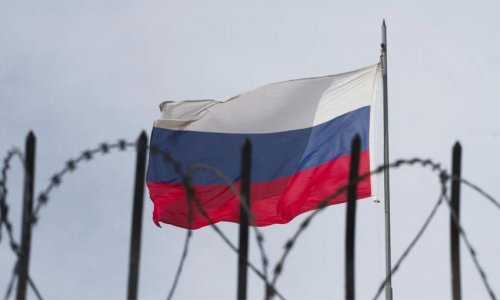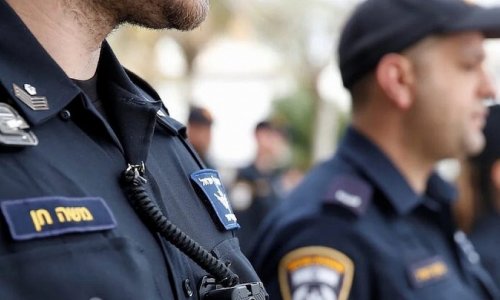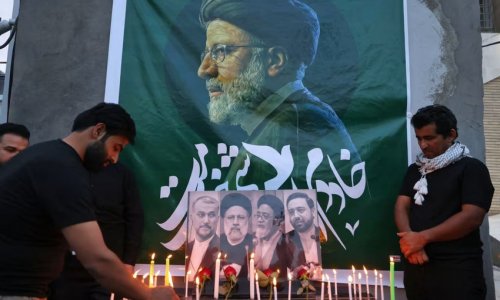Egypt's revolution in 2011 gave birth to an explosion of new creativity, especially street art.
No longer confined to exhibit their works in galleries, more and more artists are turning humble streets into open-air studios and outdoor museums. Their canvas of choice is a bare, dusty wall on which they spray cheeky graffiti and paint colorful murals."Graffiti is a form of art, one of the ways of expression," said Ahmed Al-Attar, playwright and artistic director of the Downtown Contemporary Arts Festival."It's kind of making a statement, that the public space is for everyone. It's for walking, it's for sitting down, it's for demonstrating. It's for art."Street art has existed in Cairo before the revolution, albeit furtive and hardly visible. Graffiti or posters would pop up on some streets, but they usually soon disappeared, painted over or torn up. Street artists were chased away by police, or worse arrested.During the 2011 uprising, activist artists created graffiti and murals as a form of non-violent protest. Now, in post-revolution Cairo, street art is spreading. Murals and graffiti stencils appear even in an affluent neighborhood like Zamalek, instead of hidden alleyways. Some of the artworks are emotionally charged, expressing social anger, political frustration or paying tribute to fallen protesters.In a reflection of their newly elevated status, graffiti artists get commissions from art galleries. But they or their works still risk being targeted, especially by the powerful army and its supporters.Ganzeer, possibly Egypt's most famous street artist, was briefly arrested in May 2011, months after the revolution, over a poster criticizing the military's repression of freedom.After the army removed President Mohamed Morsi from power in July 2013, passers-by ripped off many of sculptor Alaa Abdel Hameed's eagle sculptures, inspired by the military's insignia, that were plastered upside down because the artworks were seen as an insult to the armed forces.Art plays a crucial role in times of political and social change, said Al-Attar, who founded and runs Studio Emad Eddin, a rehearsal space for performing artists in Cairo. "For me, it's one of the important factors that led to change."Under the Mubarak regime, the prevalent sense of fear had a paralyzing effect on people's self-expression.But, "once they realized there's nothing really to fear, they started to go back to their old ways of expressing themselves," said Al-Attar, "drawing on walls, singing in streets, you know, going back to the public space."The Downtown Contemporary Arts Festival is trying to encourage more creative expression."Egypt has a big heritage when it comes to art and culture," says Al-Altar. "And that is one of the reasons that trying to tame that society doesn't really work. It's a society that likes to dance and sing and eat and be outside, and that's part of it."(CNN)ANN.Az
Follow us !











